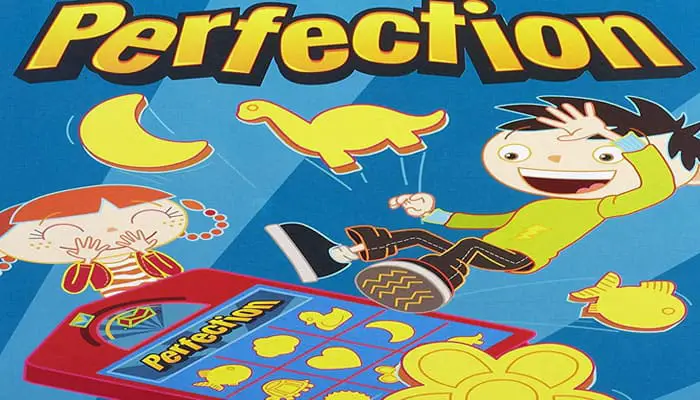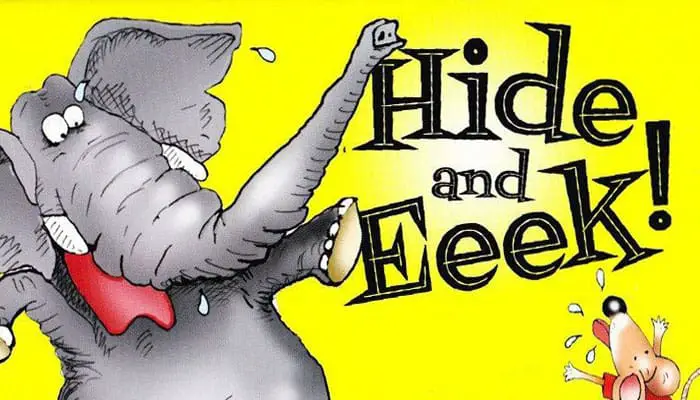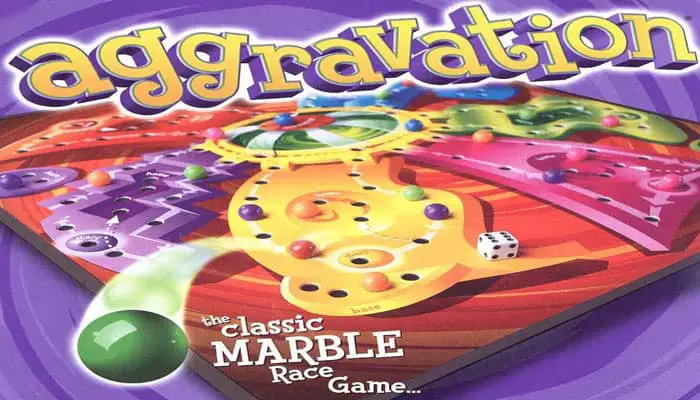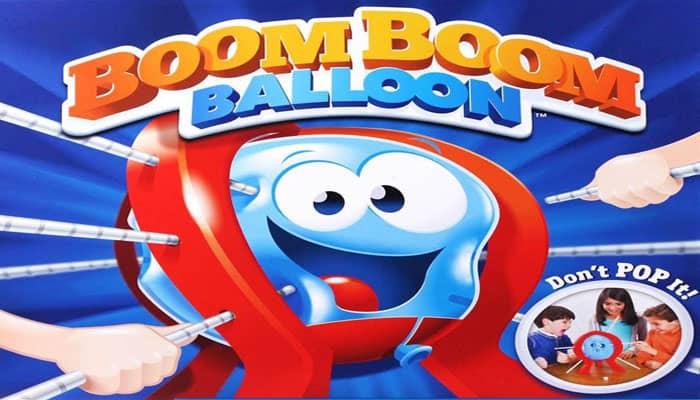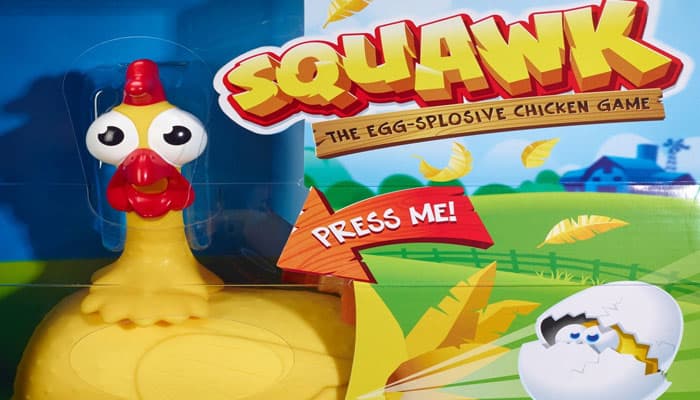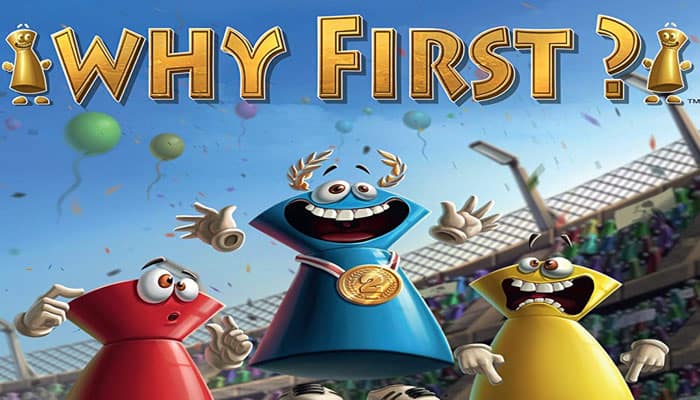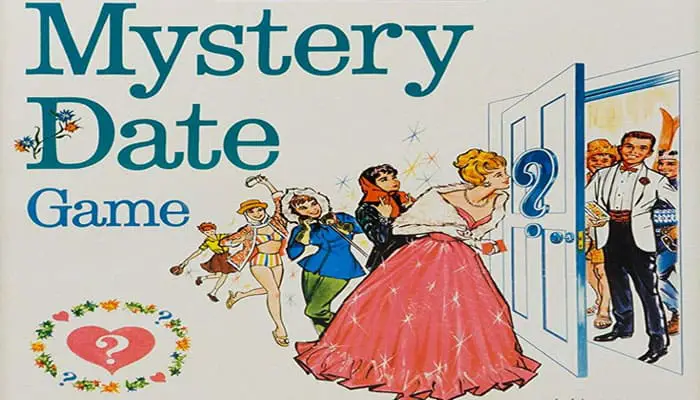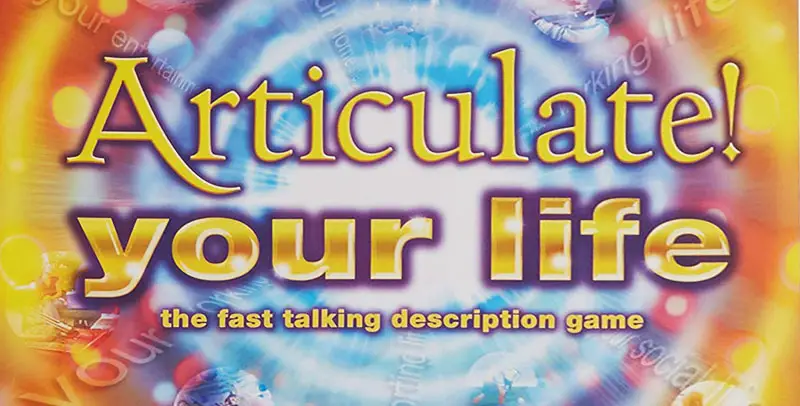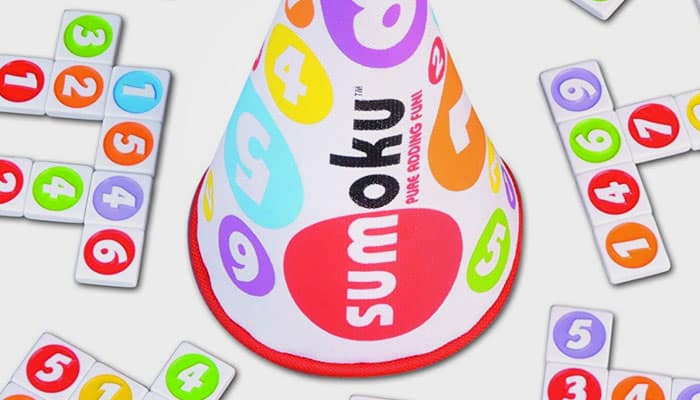
In all sumoku games, tiles must be arranged in a crossword- style pattern such that each row and column adds up to a multiple of the key number. The key number is the number rolled on the die.
The created pattern itself is called a sumoku. In all sumoku variations:
- There are only 6 colors.
- A color cannot repeat in the same row or column.
- A row or column must be a combination of 2 to 6 tiles in the same unbroken line.
- The "6" tile can be used as a "6" or a "9".
- The die is rolled only once for an entire game.
Components

- 96 tiles
- 1 die
- travel pouch
- Rulebook
Object of the Game
In sumoku, the object is to get the highest score. Players collect points by arranging tiles in rows and columns which add up to multiples of the key number. …




